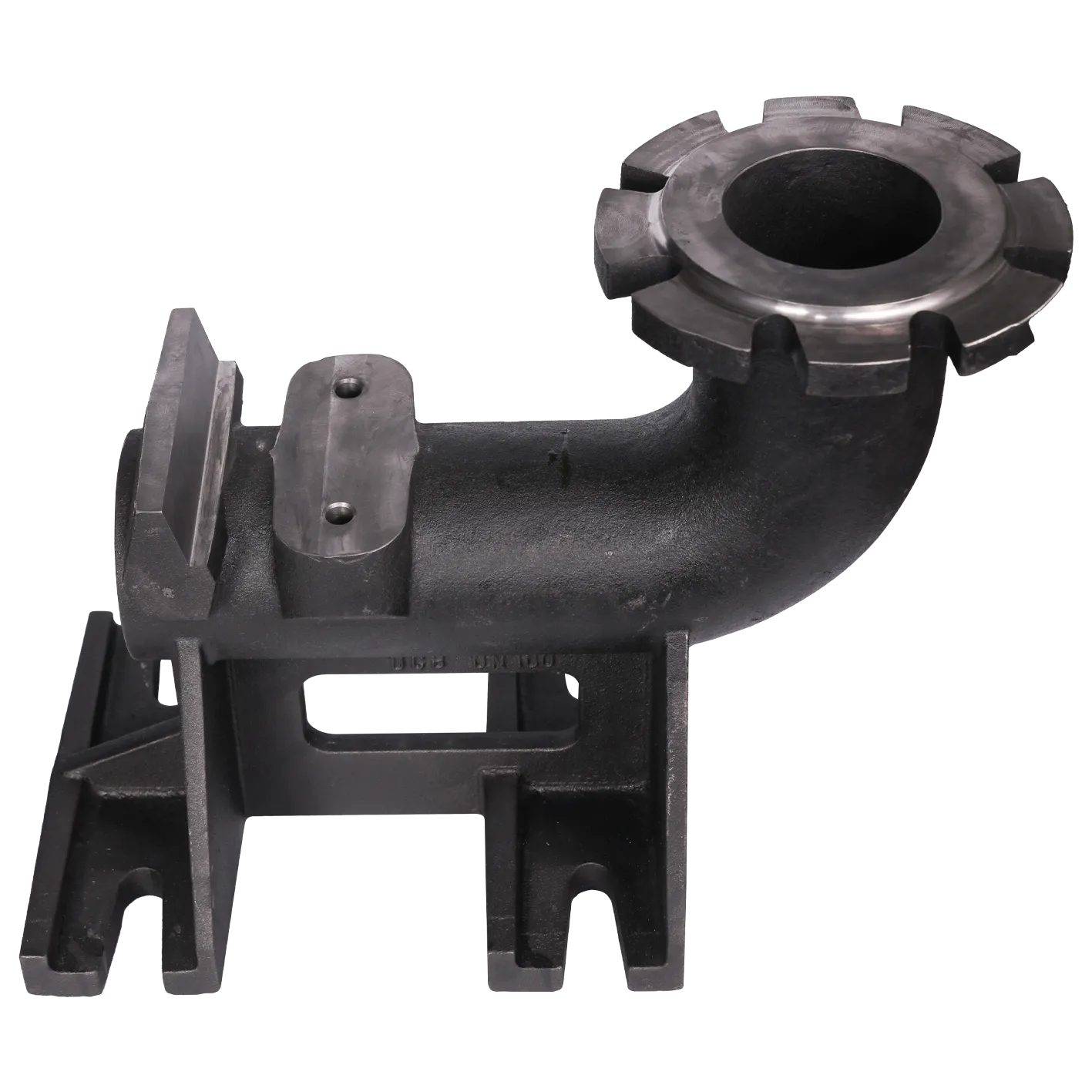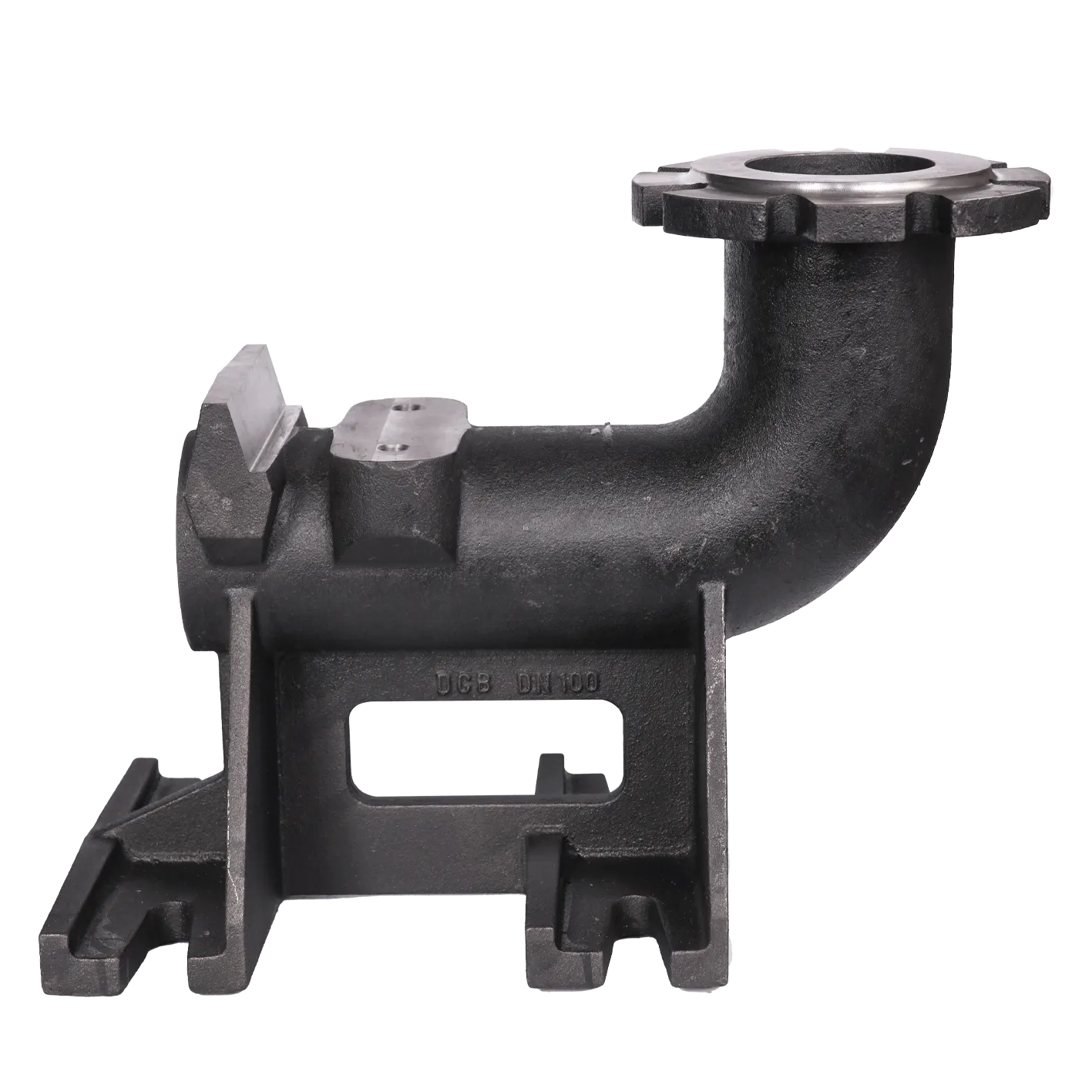Mobile:+86-311-808-126-83
Email:info@ydcastings.com
English
Impeller: High-Efficiency, Durable, Precision Fit for Pumps
Where the impeller meets real-world plumbing: elbows, castings, and field results
In the pump world, we obsess over the impeller—as we should. It’s the heartbeat of flow. But, to be honest, what keeps performance on-spec in the field is the quiet hardware around it: the housings, volutes, and yes, the unflashy water pump connection elbows that let a great impeller actually deliver. I spent last quarter talking to maintenance managers and casting engineers in Hebei and the Midwest; the same theme came up repeatedly—tight, reliable elbows reduce turbulence, slash cavitation risk, and make the impeller’s job easier than the brochure suggests.

Product snapshot: water pump connection elbow (cast iron, resin-sand)
Origin: No.563 Xinhua Road, Shijiazhuang City, Hebei Province, P.R. China. 050051. Material-wise, we’re talking classic grey cast iron—GG25 / EN-GJL-250—still a smart choice when vibration damping and machinability matter. Actually, many customers say the noise reduction alone is worth it in HVAC rooms.
| Parameter | Spec (≈ real-world) |
|---|---|
| Product | Water pump connection elbow |
| Material grades | GG25, ASTM-250S, EN-GJL-250 |
| Process | Resin-sand casting + machining |
| Unit weight | 30–150 kg |
| Hardness / strength | HB 180–220; Rm ≈ 250 MPa (EN-GJL-250) |
| Pressure class | Typically PN10–PN16 (design-dependent) |
| Tolerances | ISO 8062-3 CT8–CT10 (as-cast) |
| Service life | ≈8–12 years in treated water; usage may vary |
| Certifications | ISO 9001:2015 (typical for foundry quality systems) |
Process flow, testing, and why it matters to the impeller
Materials: EN-GJL-250 melts with controlled carbon/silicon for graphite distribution. Methods: resin-sand molding, riser/feeder simulation, and gating tuned to reduce porosity—because turbulence upstream of the impeller is merciless. Machining follows datum-based fixturing for concentricity to keep NPSH margins happy.
Testing standards: chemical by spectrometer; dimensions per ISO 8062; tensile coupons per EN 1561; hydrostatic at 1.5× rated pressure (e.g., 24 bar for PN16) for 10 minutes—zero visible leakage; surface integrity by dye penetrant where specified. Sample data from a recent run: CT9 pass rate 99.3%, hydrostatic pass 100% on 42 pcs, hardness median HB 196.

Where it’s used
Municipal water, agricultural irrigation, mining sumps, and HVAC plants. In fact, installers told me elbows with smoother internal radii noticeably stabilize the impeller head-flow curve at part load. Not night-and-day, but measurable.
Industry trends and customization
Trends: CFD-driven geometry to reduce secondary losses; tighter CT grades; epoxy liners for corrosive water; QR codes for traceability. Customization often includes angle tweaks, pad bosses for sensors, and galvanic protection if a bronze impeller sits nearby. Lead times are improving with 3D-printed molds for pilot batches—surprisingly effective for pre-series validation.
Vendor comparison (field-notes, not lab-perfect)
| Vendor | Strengths | Lead time | MOQ | Certs |
|---|---|---|---|---|
| YD Castings (Hebei) | Stable GG25, solid machining, responsive DFM | 4–6 weeks | ≈20 pcs | ISO 9001 |
| Regional Foundry A | Fast prototypes, 3D sand | 2–3 weeks proto | 5–10 pcs | ISO 9001 |
| Global OEM B | Coatings, PN25 options | 8–10 weeks | ≥50 pcs | ISO 9001/14001 |
Mini case studies
- Irrigation retrofit, Spain: swapping in smoother elbows trimmed pump amperage by ~3.1% at the same duty point; the impeller noise signature (overall dBA) dropped ≈2 dB. - Municipal booster, APAC: resin-sand elbows with tighter CT9 tolerances cut seal failures by 18% over 9 months—maintenance suspects improved inlet velocity profile into the impeller.
What to spec (quick checklist)
- Material: EN-GJL-250 or better if shock loads; consider epoxy lining for brackish water. - Geometry: radius and wall uniformity to protect impeller NPSH margin. - Tests: hydrostatic 1.5× PN; dimensional per ISO 8062; hardness spot checks. - Docs: material cert, CMM report, coating data sheet, pressure test record.
Authoritative citations
- ISO 9906:2012, Pumps — Hydraulic performance acceptance tests.
- EN 1561:2011, Founding — Grey cast irons.
- Hydraulic Institute, HI 9.6.7, Effects of Liquid Viscosity on Rotodynamic Pump Performance.
- ASTM A48/A48M, Standard Specification for Gray Iron Castings.
-
Materials Used in Manufacturing Cap End Pipe FittingsNewsNov.24,2025
-
Material Properties of CF8M CastingNewsNov.24,2025
-
How to Inspect Pump Cap Ends for DamageNewsNov.21,2025
-
Backward Curved Impeller – Efficient Airflow Solutions for Industry | YD CastingsNewsNov.21,2025
-
Automobile Water Pump - Efficient, Quiet, Durable & ElectricNewsNov.21,2025
-
Impeller for Pumps – High-Efficiency, Durable, OEM-ReadyNewsNov.21,2025











